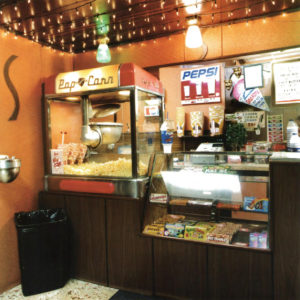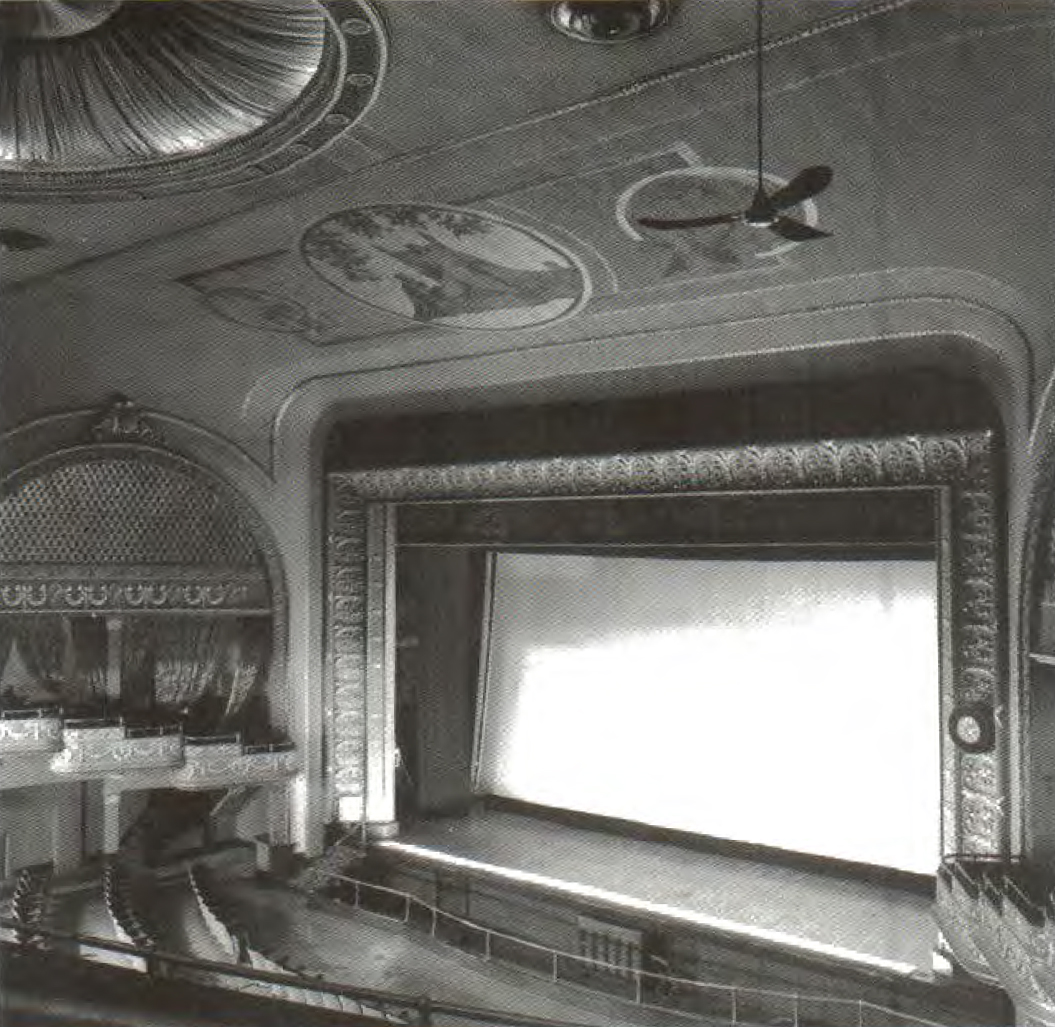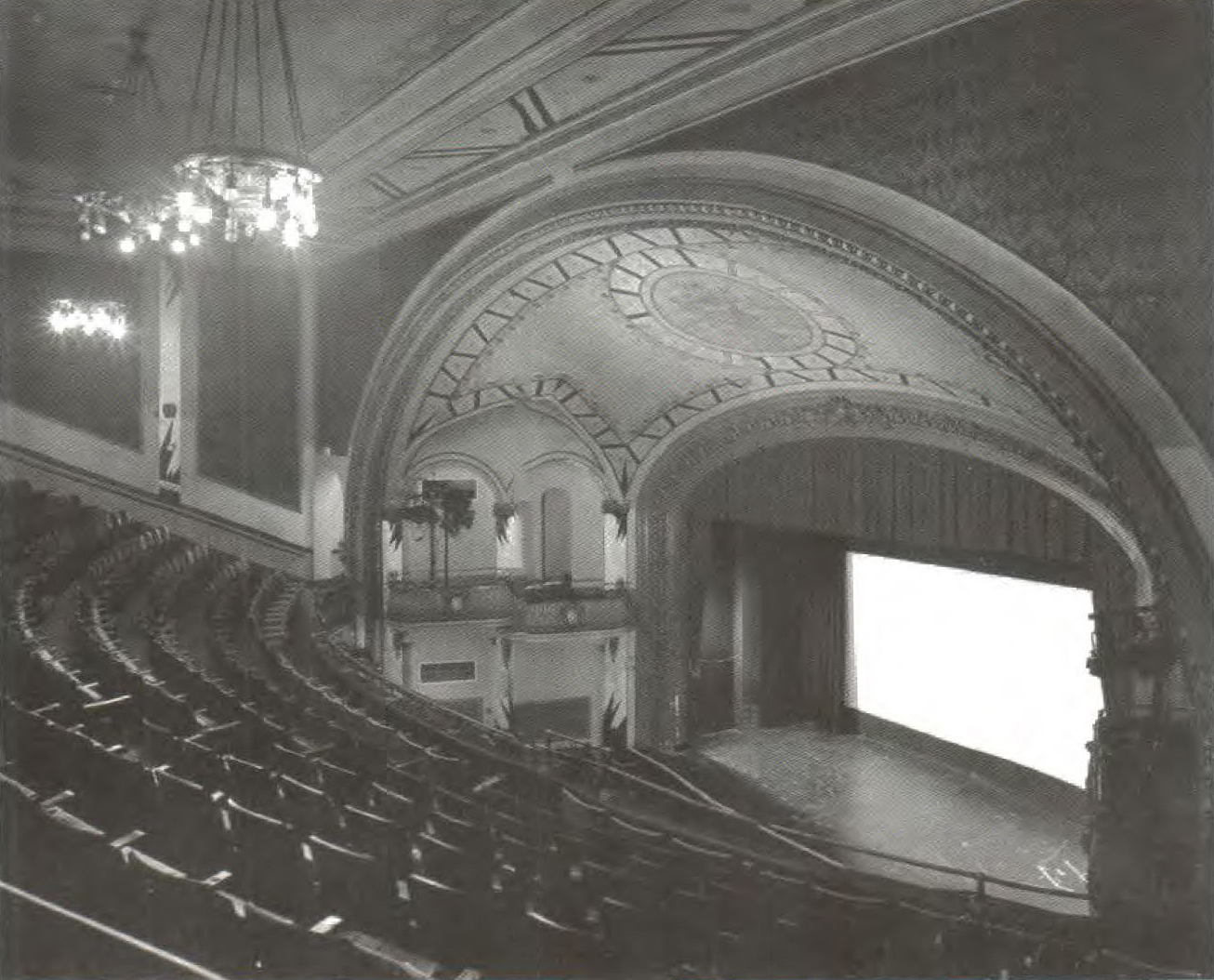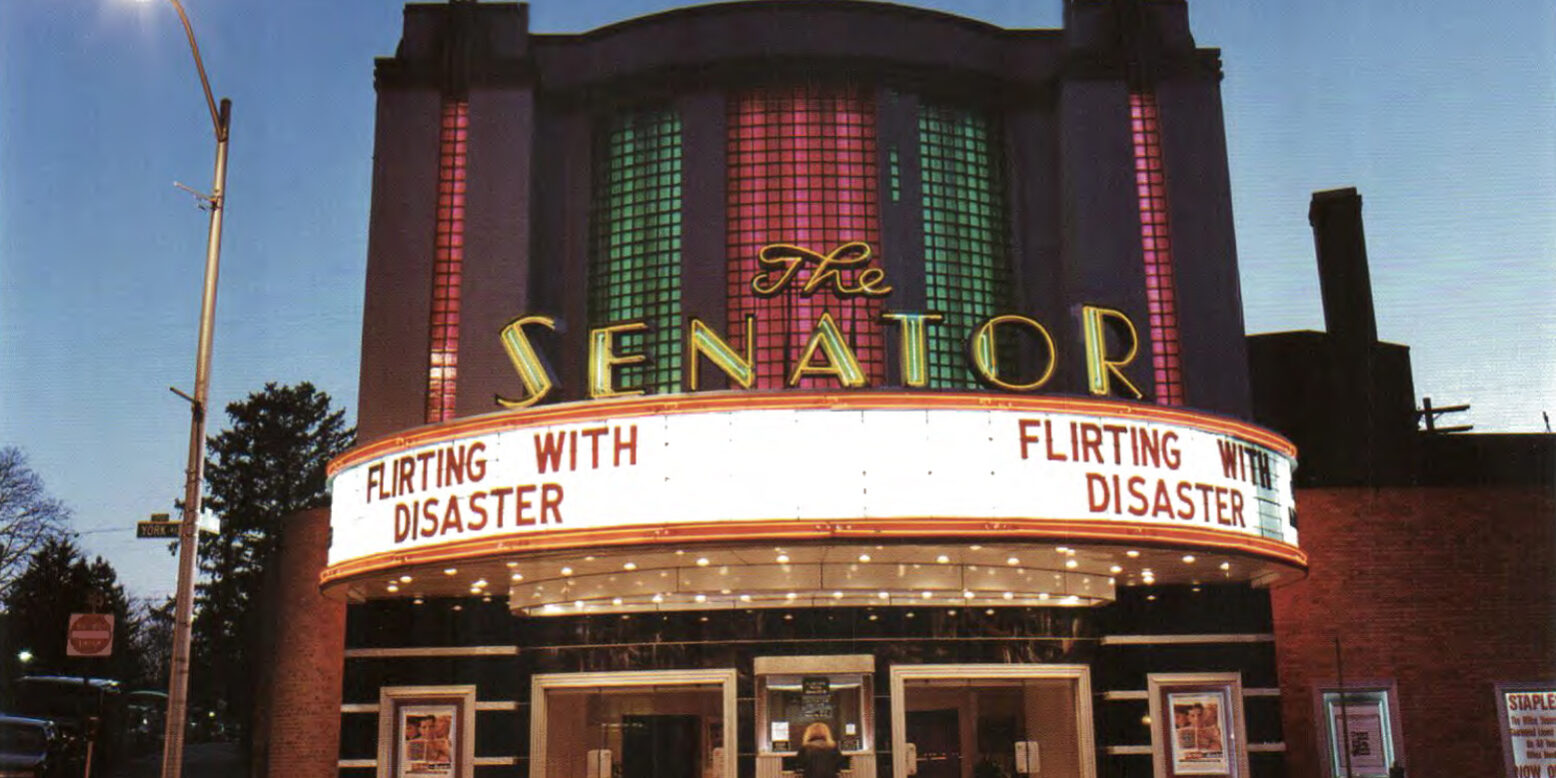
ABOVE: Senator – Baltimore, Md., 1939, seating 900. Designed by John Zink, the art deco Senator has remained in continuous operation as a single screen theater since 1939. The Senator remains under the same family ownership. BELOW: Sands – Brush, Colo. The Sands keeps movie-going alive for residents of the small town of Brush. Under the same ownership since 1958, the Sands can count its longevity to the dedication and commitment of the owner. Homemade “pickle jubes” are a favorite at the concessions stand.
The Art of the Movie Theater: A Disappearing American Tradition
 During the Great Depression, opulent movie palaces allowed one to escape and dream a while for the price of a ticket. Designed with eclectic themes and a variety of fanciful styles, these picture palaces have entertained millions of Americans as they flocked to their local theaters to catch the latest films.
During the Great Depression, opulent movie palaces allowed one to escape and dream a while for the price of a ticket. Designed with eclectic themes and a variety of fanciful styles, these picture palaces have entertained millions of Americans as they flocked to their local theaters to catch the latest films.
Many were built for the vaudeville circuit but rapidly switched to the new medium as the public’s fascination with movies replaced an interest in the older form of entertainment. Built in quick succession in the decades prior to World War II, these theaters represent an architectural gold mine and are an endangered American resource that is rapidly disappearing from our land scape. Recently, the single screen historic theater topped the National Trust for Historic Preservation’s list of the most endangered places.
Postwar prosperity and development sprawled outward to create our suburbs. This and the development of the multiplex caused many downtown palaces to shutter their doors. Multiple screens under one roof presents stiff competition for the viewing public’s attention.
As film distribution policies have changed, the single-screen theater, which must fill a large auditorium with one film, is no longer economically viable. A large downtown theater often anchored the social and economic life of a neighborhood and its closure often affected an entire community. Strong grass-roots efforts have saved many of these gems from demolition by finding them new lives as performing arts centers. nevertheless, many have been lost forever.
This photo essay – a small selection of a larger project captures some well-known theaters in our largest cities along with small-town theaters that survive on shoestring budgets and second-run fare. It is hoped that recording these examples of mid-20th-century American entertainment through photography can raise awareness of this valuable architectural resource and spark interest in future generations to share in this fascinating part of American history and social development.

Palace
Lockport, N.Y., 1925, seating 1,200
The Palace was Lockport ‘s largest and grandest theater when it opened. Amenities of the day included a checkroom, children’s room, and mezzanine-level writing room. The Palace has gone through many owners over the years and remained in use as a single screen movie theater until 1999. Currently it is a performing arts house.

Somerville
Somerville, Mass., 1914, seating 891
The Somerville Theater fean1red a variety of entertainments in 1914 including a dancehall on the second floor and a basement-level bowling alley before turning primarily to movies in 1932. Today, the theater hosts the occasional live performance along with films.
There’s more! To read the rest of this article, members are invited to log in. Not a member? We invite you to join. This article originally appeared in the SCA Journal, Fall 2003, Vol. 21, No. 2. The SCA Journal is a semi-annual publication and a member benefit of the Society for Commercial Archeology.
More Articles Join the SCA


